The Arab Slave Trade: A Millennium of Human Trafficking
The history of slavery is often associated with the trans-Atlantic slave trade, but another vast and brutal system operated for over a thousand years: the Arab slave trade. Stretching across Africa, the Middle East, and parts of Asia, this trade saw millions of people enslaved, transported, and forced into servitude. Unlike the trans-Atlantic system, the Arab slave trade continued in various forms well into the 20th century, shaping the ethnic and cultural makeup of many regions.
The map below created by Reddit user: BlueMetaMind shows the main slave trade routes in the Medieval Age.

The Scale of the Arab Slave Trade
The Arab slave trade spanned from the 7th century to the late 19th century, with some forms of slavery persisting into the modern era. Historians estimate that between 10 to 18 million people were enslaved through this system (Transformations in Slavery: A History of Slavery in Africa by Paul E. Lovejoy [Amazon link]). Slaves were primarily taken from East Africa, the Horn of Africa, and Central Africa, with significant numbers also coming from Europe through raids on the Mediterranean coasts.
Unlike the trans-Atlantic slave trade, which primarily forced men into agricultural labor, the Arab slave trade placed a heavy emphasis on enslaving women and children, who were often subjected to domestic servitude, concubinage, and even castration.
How Did the Trade Operate?
The trade routes of the Arab slave system stretched across vast territories. Some key routes included:
- The Trans-Saharan Route: African slaves were marched across the Sahara Desert to North Africa and the Middle East.
- The Indian Ocean Route: Ships transported enslaved people from East Africa (modern Tanzania, Kenya, Mozambique) to Persia, India, and the Arabian Peninsula.
- The Red Sea Route: Enslaved people were taken from Sudan and Ethiopia and sold in markets across the Islamic world.
These routes fed a demand for slaves across the Middle East, North Africa, and parts of Asia. Many captives died during the brutal marches across the desert or on overcrowded slave ships (Christian Slaves, Muslim Masters: White Slavery in the Mediterranean by Robert C. Davis [Amazon link]).
The Role of Eunuchs and Female Slaves
A key feature of the Arab slave trade was the high demand for eunuchs—men who were castrated before puberty. This practice was widespread in the Ottoman Empire, the Persian Gulf, and Mughal India. Many eunuchs were used as harem guards, palace officials, and military commanders. The castration process was often performed in Sudan or Egypt, and the survival rate was shockingly low—many young boys did not survive the procedure (Race and Slavery in the Middle East: An Historical Enquiry by Bernard Lewis [Amazon link]).
Women made up a significant portion of the enslaved population. Unlike in the trans-Atlantic trade, where men were primarily used for plantation labor, female slaves in the Arab world were often forced into domestic servitude, harems, or concubinage. Many bore children who, in some cases, were integrated into society, while others remained in servitude.
Impact and Legacy
The effects of the Arab slave trade remain visible today:
- Genetic Traces: Studies have shown sub-Saharan African ancestry in populations across the Middle East and South Asia, a direct result of centuries of forced migration. Research indicates that sub-Saharan African genetic contributions in North African populations align with the peak periods of the trans-Saharan slave trade (Haber et al., “A Genetic History of the Near East from an aDNA Time Course Sampling Eight Points in the Past 4,000 Years,” American Journal of Human Genetics, 2020).
- Cultural Influence: In countries like Oman, Saudi Arabia, and Iraq, there are communities of Afro-Arabs whose ancestors were brought through the slave trade.
- A Lingering Stigma: Some Afro-Arab communities still experience discrimination, reflecting historical prejudices tied to the era of slavery.
The Abolition of Slavery in the Arab World
While European colonial powers officially ended the trans-Atlantic slave trade in the 19th century, slavery persisted in the Arab world far longer. Countries such as Saudi Arabia and Yemen only abolished slavery in 1962, while Mauritania officially banned it in 1981—though reports indicate it still exists in some regions (Disposable People by Kevin Bales [Amazon link]).
Why Is This History Overlooked?
Despite its vast scale and lasting impact, the Arab slave trade receives far less attention than its trans-Atlantic counterpart. Some reasons include:
- The scattered nature of historical records (as much of the trade was conducted through private transactions and informal networks).
- The complex legacy in the Islamic world, where slavery was historically justified within certain religious frameworks.
- Political sensitivities, as some governments prefer to avoid addressing this history.
Final Thoughts
The Arab slave trade shaped the demographics, cultures, and histories of vast regions of the world. Its legacy is still evident today in genetics, cultural influences, and ongoing societal issues. Understanding this history is crucial to recognizing the full impact of global slavery.
What are your thoughts on this lesser-known aspect of history? Share in the comments below!

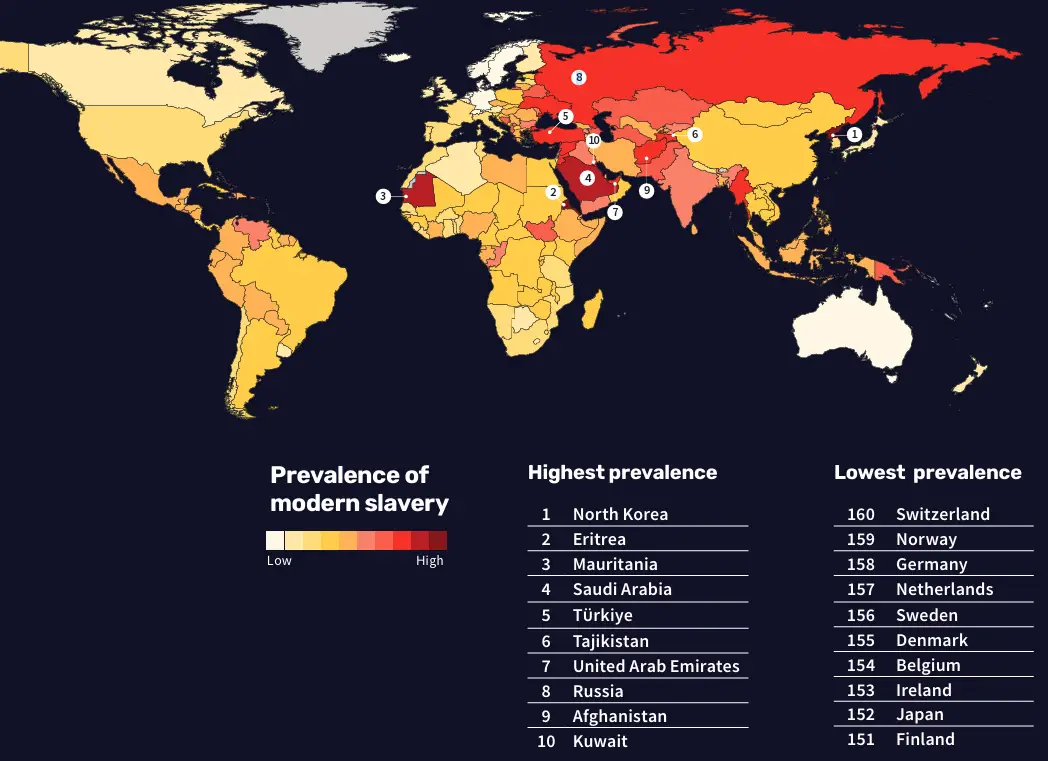
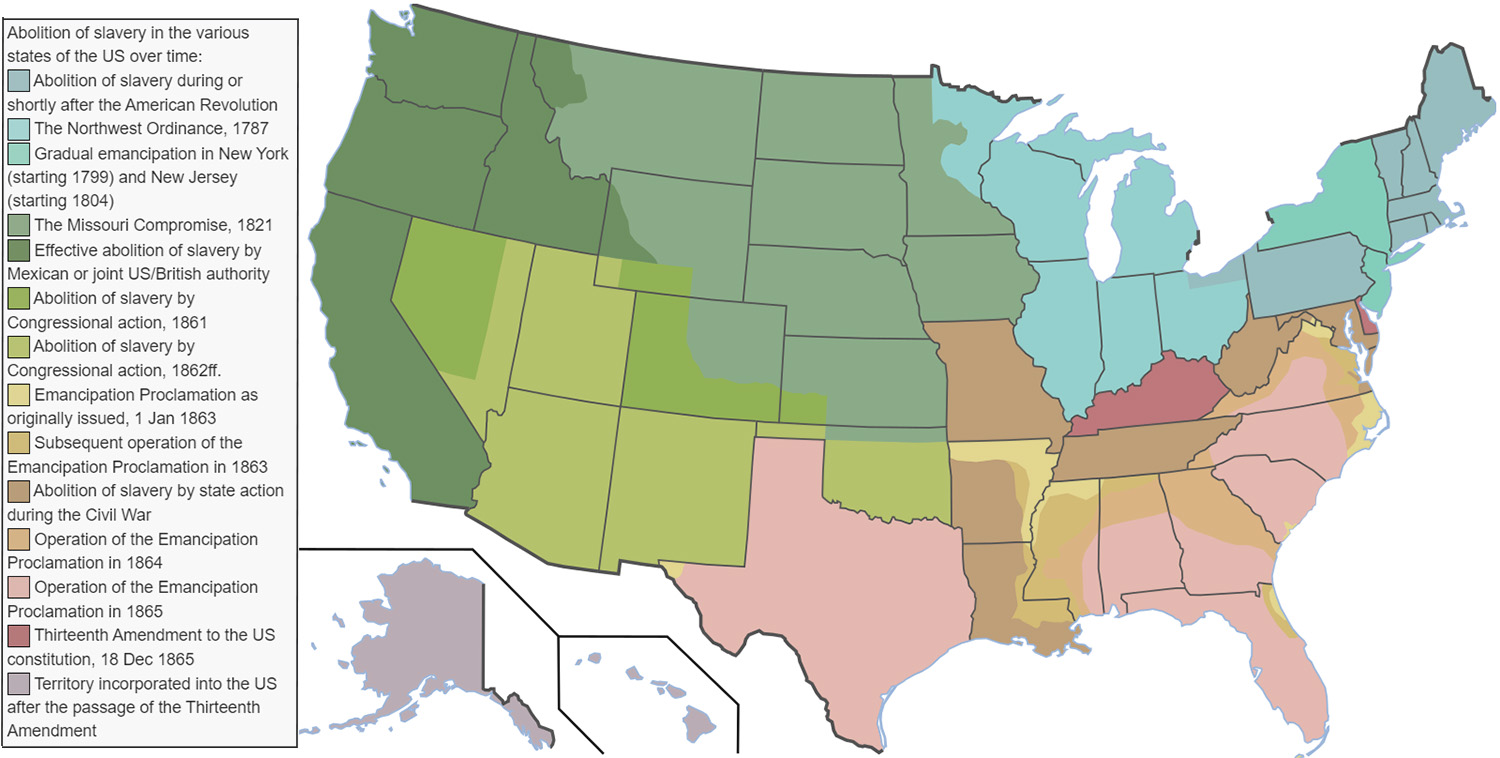
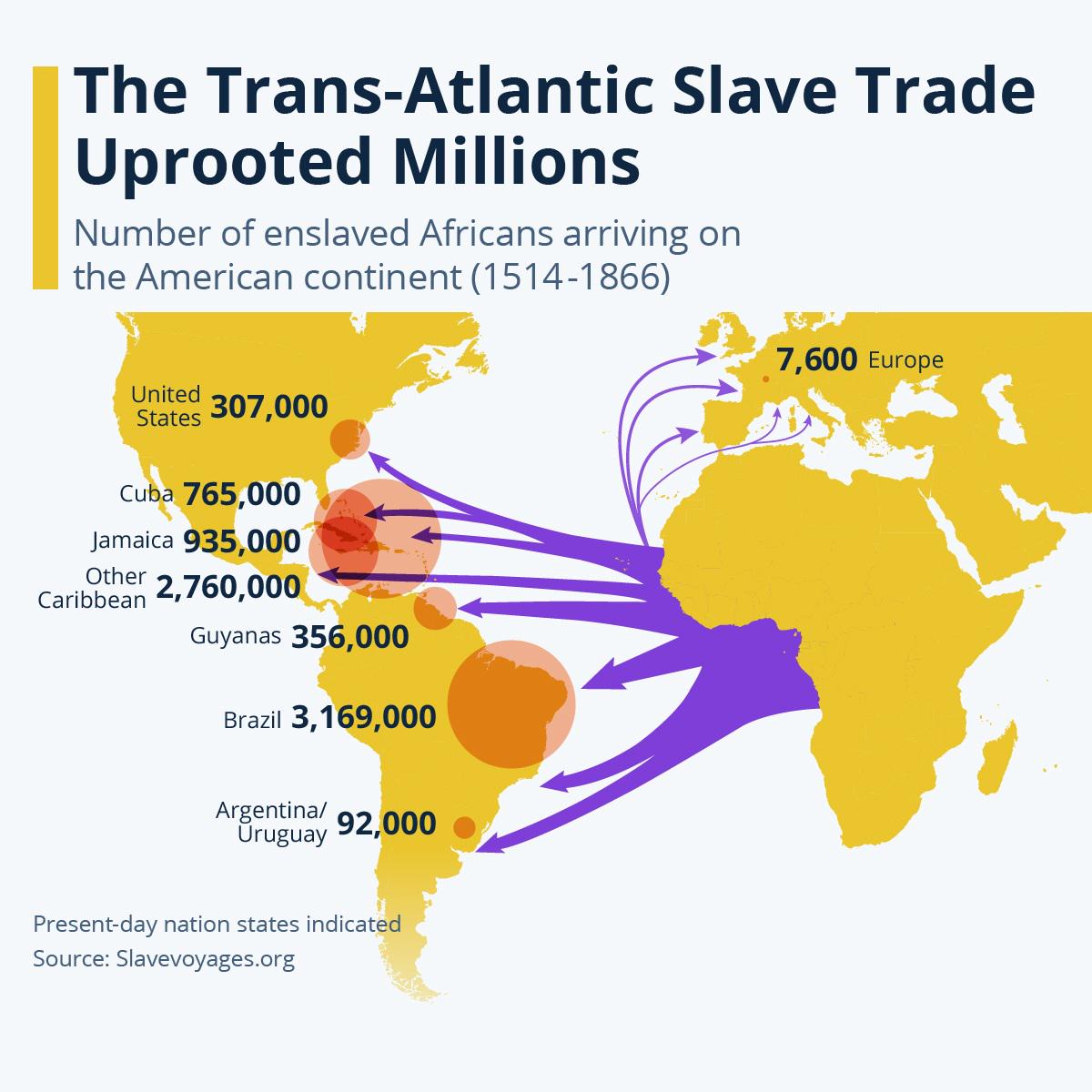


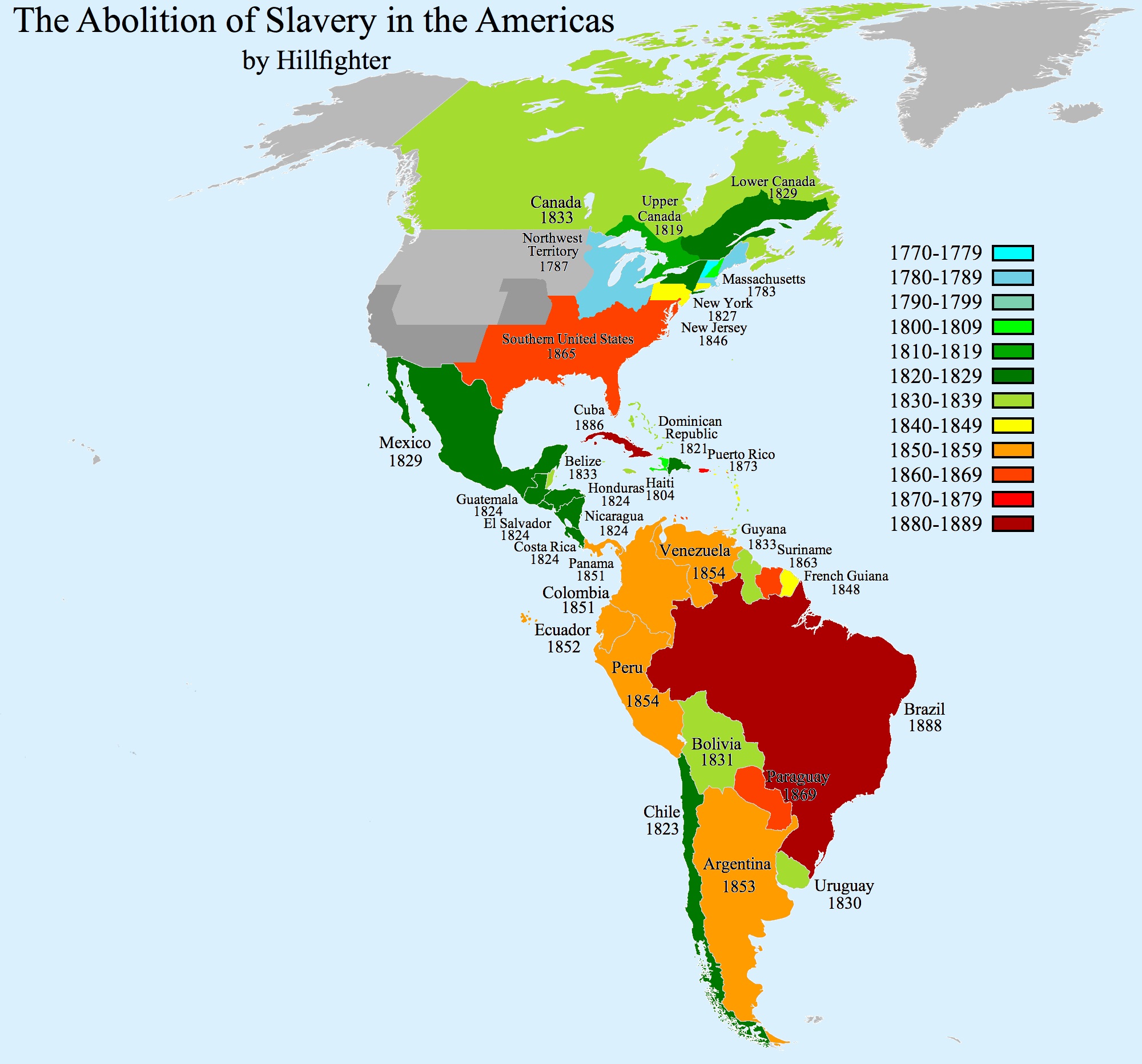
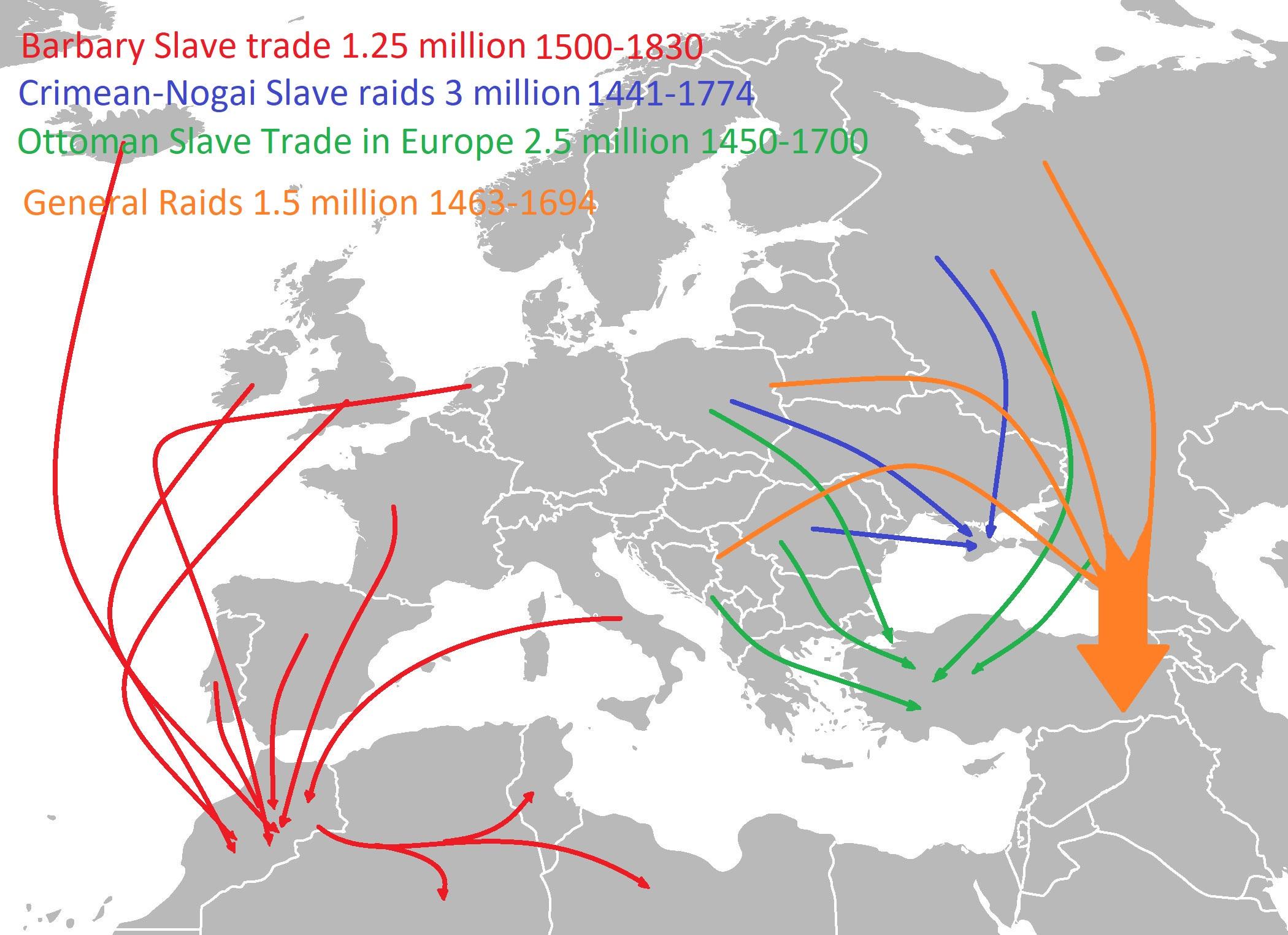
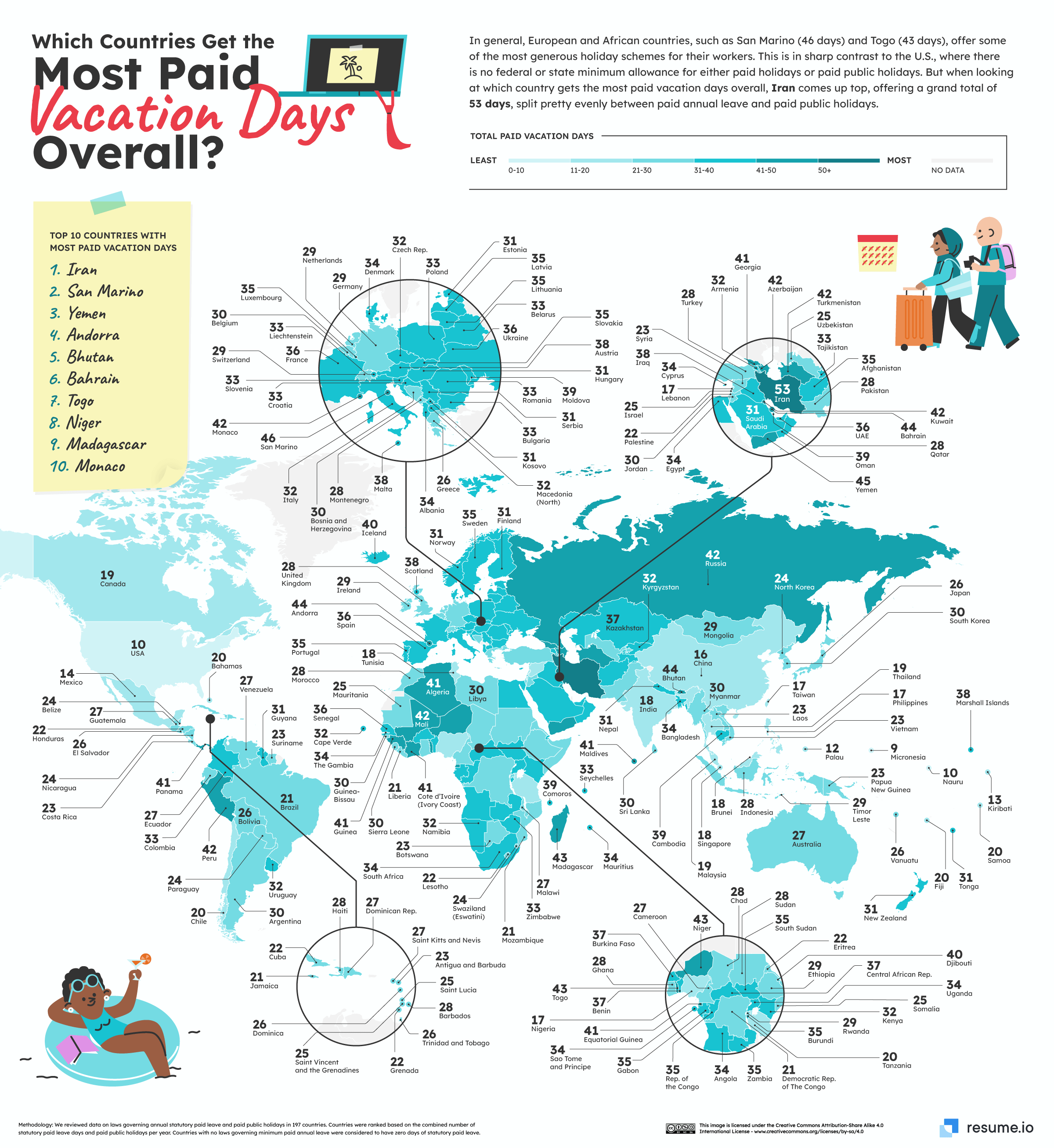
The slave trade was only outlawed in 2005 by the Saudi government and the total number is in the region of 20 million to 22 million people as of 2025